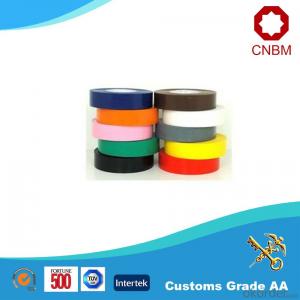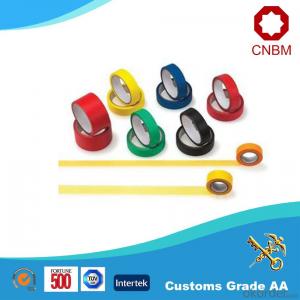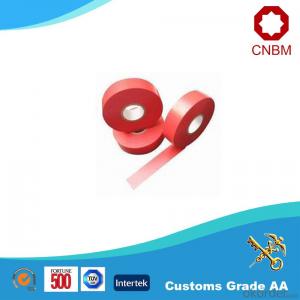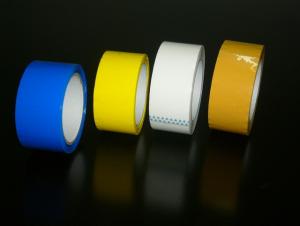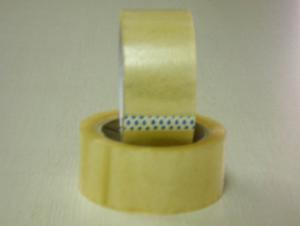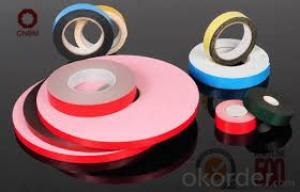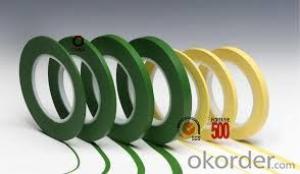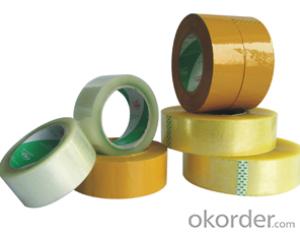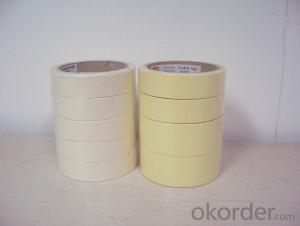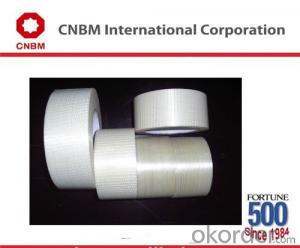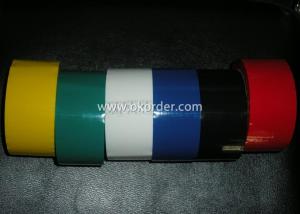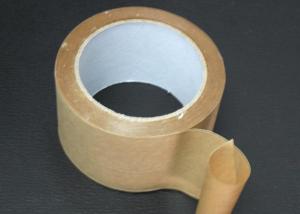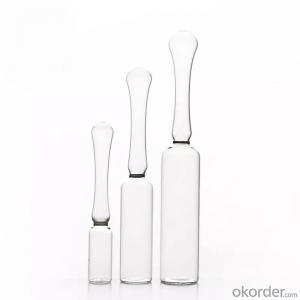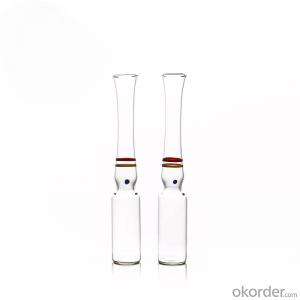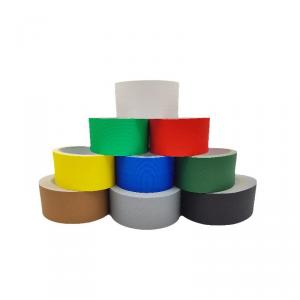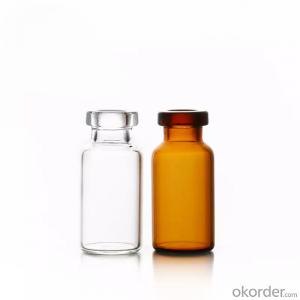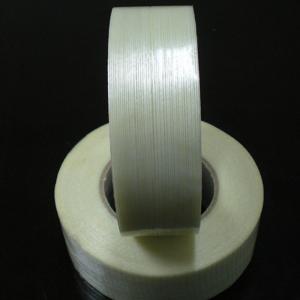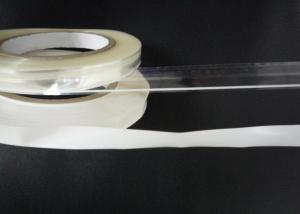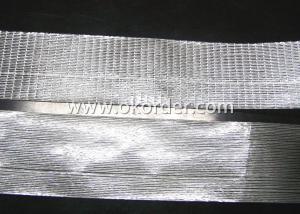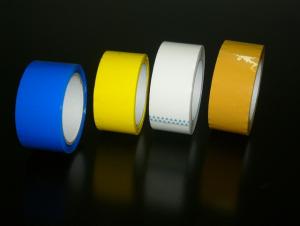PVC Electric Tape Heat Resistance Fire Retardant
- Loading Port:
- Shanghai
- Payment Terms:
- TT OR LC
- Min Order Qty:
- 1000 m²
- Supply Capability:
- 300000 m²/month
OKorder Service Pledge
OKorder Financial Service
You Might Also Like
PVC Electric Tape Heat Resistance Fire Retardant
Product Description
PVC Electrical Tape is of PVC film as the carrier, coating with rubber based adhesive. It is excellent in flame retardant, high temperature stability, and anti-aging. It provides well insulation to electrical products.
General purpose of PVC Electrical Tape: insulating, protection and color coding of electrical wires; may also be used as harness tape in automotive industry.
FEATURES:
Excellent in adhesion and flame retardant
Resistance to cold, heat and aging.
High Temperature stability
High mechanical strength and good impact resistance
Ideal for use in dispensers
Printable
Data Sheet
Width | 100mm-720mm |
Thickness (micron) | 15-35 |
Color | Transparent and Colored |
Angle Tear Strength (N/mm) | 120 |
Tensile Strength (Mpa) | 39 |
Elongation at break (%) | 300,600 |
Impact Ability or Pendulum | 0.15 J/mm |
Tackness (N/cm) | 3 |
Light Transmission Rate (%≥) | 92 |
Frog Density %≤ | 2.5 |
Packing | Carton |
Delivery | With 10-25days after receiving deposit |
Payment | T/T & LC |
Authorized Certificate 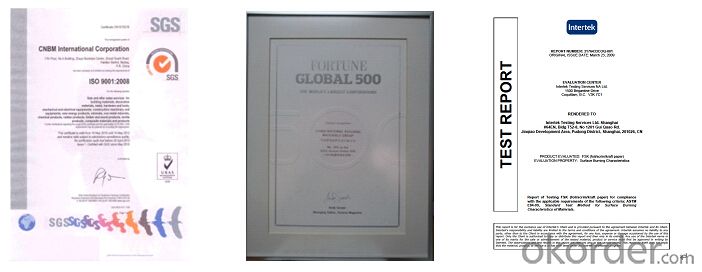
Production Line

Exhibition Domestic and Oversea

Company
China National Building Materials Group is a state-owned company. As World Top 500 companies, we have clients from over 160 countries and wholly-owned overseas subsidiaries and branches in 10 countries. We supply adhesive tape for over 20 years.
We supply various strech film. All our products have been SGS and ISO9001 certified and exported with Grade AA approval. The quality and performance all meet the advanced international levels.
FAQ
1. Why choose us?
20 Years Experience USD1.6 billion yearly sales
World Top 500 Enterprise
OEM service, supported by strong R&D team
A short lead time
Quality guarantee with third party certification
One-step service: transportation, capital etc.
2. What can we do for you?
Professional consultation on your local market
Custom-made advices for your need
Free samples of PVC Tape
Your inquiry will be replied within 12 hours.
24 hours service for you
Well-trained & experienced sales representative are ready to answer you.
Satisfactory sales service
3. Delivery time
7-25 days after receiving the deposit
4. Packing and Shipping
36 Rolls per Caron.
5. What is other specifications of adhesive tapes?
Bopp Tape: widely used for carton sealing and packaging, light duty packaging, bounding, holding and other office and household use.
PVC Electrical Tape: widely used for insulating, protection and color coding of electrical wires; may also be used as harness tape in automotive industry.
Cloth Tape: widely used for pipe wrapping, gaffers and book binding etc.
- Q:Does packaging tape come in different eco-friendly options?
- Yes, packaging tape is available in different eco-friendly options. Many companies now offer packaging tape made from recycled and biodegradable materials, such as paper or plant-based adhesives. These eco-friendly alternatives help reduce the environmental impact of packaging materials.
- Q:What is the difference between acrylic and hot melt adhesive for packaging tape?
- Acrylic and hot melt adhesives are two common types of adhesives used for packaging tape, and they have some key differences. One major difference is the bonding strength. Hot melt adhesive is known for its excellent bonding strength, making it suitable for heavy-duty applications. It creates a strong and durable bond that can withstand rough handling and varying temperatures. On the other hand, acrylic adhesive typically offers a lower bonding strength compared to hot melt adhesive. While it is still suitable for most general packaging needs, it may not be as ideal for heavy or bulky items. Another difference lies in the application process. Hot melt adhesive is applied in a molten state and solidifies upon cooling. It is typically dispensed using a hot melt glue gun or a hot melt applicator. The quick setting time of hot melt adhesive allows for fast packaging operations, making it popular in high-volume settings. In contrast, acrylic adhesive is applied in a liquid form and requires some time to cure and form a strong bond. It can be applied using a hand dispenser or a tape gun, and it usually requires some pressure for optimal adhesion. Additionally, hot melt adhesive offers good adhesion to a wide range of surfaces, including cardboard, plastics, and metals. It is highly versatile and can be used for various packaging materials. Acrylic adhesive also adheres well to different surfaces, but it may not have the same level of compatibility with certain low-energy surfaces, such as polyethylene or polypropylene. Furthermore, temperature resistance is another factor to consider. Hot melt adhesive performs well in both high and low temperatures, maintaining its bonding strength. It can withstand freezing temperatures and heat without compromising its adhesive properties. Acrylic adhesive, while generally offering good temperature resistance, may not be as effective in extreme conditions, particularly at very high or low temperatures. In summary, the main differences between acrylic and hot melt adhesives for packaging tape lie in bonding strength, application process, surface compatibility, and temperature resistance. While hot melt adhesive provides superior bonding strength, fast setting time, and excellent temperature resistance, acrylic adhesive offers versatility, ease of application, and good adhesion to most surfaces. The choice between the two depends on the specific packaging needs, materials, and environmental conditions.
- Q:Is packaging tape resistant to punctures or tears?
- Yes, packaging tape is generally resistant to punctures or tears. It is designed to provide durability and strength, making it effective for securing packages and protecting their contents during transit.
- Q:Can packaging tape be used for sealing wooden crates or pallets?
- Yes, packaging tape can be used for sealing wooden crates or pallets. It provides a secure adhesion and helps to keep the contents of the crates or pallets protected during transportation or storage.
- Q:Can packaging tape be used for sealing furniture or home goods?
- Yes, packaging tape can be used for sealing furniture or home goods. It provides a strong adhesive bond and helps secure the packaging, protecting the items during transportation or storage.
- Q:How does packaging tape perform when exposed to sunlight?
- Extended exposure to sunlight can negatively affect the performance of packaging tape. Ultraviolet rays present in sunlight can cause the tape to deteriorate and lose its adhesive properties. This can result in the tape becoming brittle, yellow, and prone to peeling off. Additionally, the heat from sunlight can cause the tape to melt or deform, further impacting its effectiveness. To avoid any potential damage caused by sunlight, it is advised to store packages with packaging tape in a cool and dark location, ensuring the tape maintains its effectiveness.
- Q:What are the benefits of using UV-resistant packaging tape?
- The benefits of using UV-resistant packaging tape include protection against fading or discoloration caused by exposure to sunlight, increased longevity of the packaging tape, and maintenance of the tape's adhesive strength even in outdoor or high-temperature environments.
- Q:How does packaging tape perform in dusty environments?
- Packaging tape generally performs well in dusty environments, but its effectiveness may vary depending on the specific conditions and the quality of the tape. Dust particles can potentially interfere with the adhesion of the tape, making it less sticky and less reliable in securing packages. However, most packaging tapes are designed to be resistant to dust and other contaminants, and they have a strong adhesive backing that can withstand moderate levels of dust. In dusty environments, it is recommended to choose packaging tapes that have a higher tack or adhesive strength. These tapes are specifically engineered to provide better adhesion and stickiness, even in dusty conditions. Additionally, selecting tapes with a thicker backing material can also help to prevent dust particles from penetrating through the tape and compromising its adhesive properties. It is important to note that excessive dust accumulation may still impact the performance of packaging tape, especially if the dust is fine and abundant. In such cases, it is advisable to regularly clean the package surfaces before applying the tape to ensure optimal adhesion. Adequate surface preparation, such as wiping down the area with a clean cloth or using compressed air to remove the dust, can help improve the tape's performance in dusty environments. Overall, while packaging tape can generally perform well in dusty environments, it is essential to consider the quality of the tape, the level of dust exposure, and the proper surface preparation to ensure optimal adhesion and package security.
- Q:How wide is standard packaging tape?
- The usual width of standard packaging tape is around 2 inches.
- Q:What are the considerations for using packaging tape on plastic or polyethylene bags?
- There are several factors to consider when using packaging tape on plastic or polyethylene bags. To begin with, it is crucial to choose the appropriate type of packaging tape for these surfaces. Certain tapes may not adhere well to plastic or polyethylene, resulting in poor adhesion and easy peeling. It is advisable to opt for tapes specifically designed for these materials, as they are typically formulated with adhesive that adheres properly. Another factor to take into account is the tape's strength and durability. Plastic bags are often lightweight and flexible, so it is important to select a tape that can provide sufficient strength to secure the bag's contents. Look for tapes with a strong adhesive backing that are resistant to tearing or stretching. Consideration should also be given to temperature and environmental conditions. Extreme temperatures can impact the tape's adhesive properties, leading to decreased adhesion or brittleness. If the bags will be exposed to high or low temperatures, it is recommended to choose a tape specifically designed for those conditions. Furthermore, it is essential to ensure that the tape does not cause any damage to the plastic or polyethylene bags. Some tapes may have strong adhesives that leave residue or cause harm when removed. Look for tapes labeled as having low residue, easy removal, or being safe for use on these surfaces. Lastly, aesthetics and presentation should be considered. Packaging tape is available in various colors and designs, allowing you to choose a tape that complements the bag's appearance or branding. It is important to make sure that the tape does not obstruct any important information or barcodes on the bag. In conclusion, when using packaging tape on plastic or polyethylene bags, it is important to consider selecting the right tape, ensuring strength and durability, taking into account temperature and environmental conditions, preventing damage to the bags, and considering aesthetics and presentation.
1. Manufacturer Overview |
|
|---|---|
| Location | |
| Year Established | |
| Annual Output Value | |
| Main Markets | |
| Company Certifications | |
2. Manufacturer Certificates |
|
|---|---|
| a) Certification Name | |
| Range | |
| Reference | |
| Validity Period | |
3. Manufacturer Capability |
|
|---|---|
| a)Trade Capacity | |
| Nearest Port | |
| Export Percentage | |
| No.of Employees in Trade Department | |
| Language Spoken: | |
| b)Factory Information | |
| Factory Size: | |
| No. of Production Lines | |
| Contract Manufacturing | |
| Product Price Range | |
Send your message to us
PVC Electric Tape Heat Resistance Fire Retardant
- Loading Port:
- Shanghai
- Payment Terms:
- TT OR LC
- Min Order Qty:
- 1000 m²
- Supply Capability:
- 300000 m²/month
OKorder Service Pledge
OKorder Financial Service
Similar products
New products
Hot products
Related keywords
